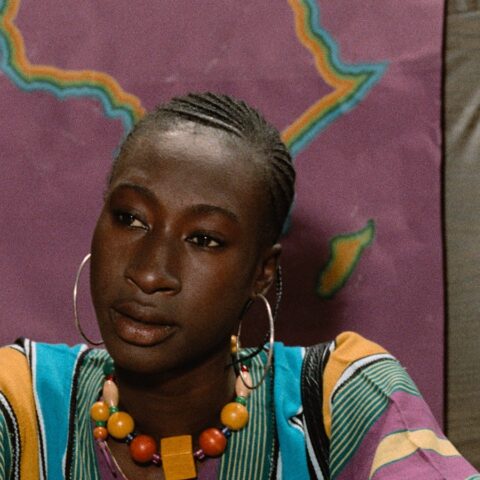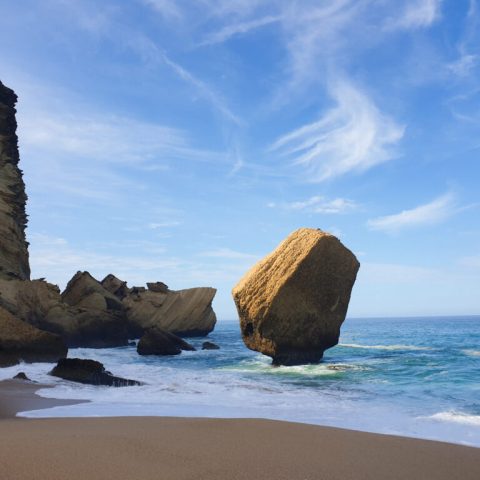THE MORAL COMPASS OF WAR ZONE MEDIA
Â
By Sevanti Ninan
Â
Â
Saturday, January 31, 2010.
Â
How much truth-telling do you do in times of conflict? Do you tell it like it is, or weigh the consequences of doing so? Ethics in conflict situations is seldom black or white; it has to be shaped by changing contexts.
Â
Shortly after the Kargil war began and journalists had begun covering some sectors of it firsthand, an Indian editor went to see the then Prime Minister Atal Bihari Vajpayee. He told him that he was holding back reports filed by his reporter which described how Indian soldiers were becoming canon fodder at the hands of those fighting for Pakistan. He was telling the prime minister, he said, in case he was not getting the full picture from his army officers. And he had decided not to use those stories because he thought they would affect the morale of the army and the country. But, he told Vajpayee, it would be difficult to keep up the censoring; the obligation to tell the country the truth would come in at some point.
Â
Perhaps the most fundamental ethical issue in conflict coverage is how much truth-telling do you do in times of war? Do you tell it like it is, or weigh the consequences of doing so?
Â
Truth-telling
Â
This dilemma was echoed in November 2008 in Mumbai. Does a reporter blabber into his mic everything he learns about the unfolding situation? Or is he expected to exercise discretion, keeping in mind what the terrorists might learn from television and use to their advantage? Ethics in conflict situations is seldom black or white; it has to be shaped by changing contexts.
Â
On the other hand, censorship, or self-censorship, has consequences. Censoring ghastly footage makes war easier to support. In the case of Kargil, when the body bags began to come home and the TV cameras showed them day after day, some of the euphoria about a âjust warâ (then minister Arun Jaitleyâs phrase) began to evaporate. Should the media then be a party to helping the government gloss over the true cost of a war?
Â
The ethical dimensions of conflict coverage are many, as is the range of conflicts that has to be covered. In addition to border wars there are internal conflicts that a State wages with disaffected sections of its own people. There are terror strikes. There are communal riots.
Â
So what sorts of issues arise in reporting on these?
Â
There is the ethics of letting your nationalism overwhelm your coverage. Arnab Goswami, the Times Now anchor, is a classic example of someone who has decided to adopt a calculated editorial stance when the issue is India versus Pakistan, or India versus the separatists in Kashmir. The channel tilts towards a nationalist stance, and that goes out on TV day after day and influences the gullible.
Â
In the case of internal conflicts such as areas where Naxalites operate, the question is not one of nationalism but of ideology. Those journalists who cover it sometimes have problems keeping their personal ideologies out of their reading of the conflict between these extremists and the State. Again in the case of Nandigram and Singur, a conflict between a car company allocated land by a Marxist state government and some segments of the local people backed by a different political party, the ideology of a publication like The Hindu affected its coverage.
Â
Framing
Â
How a conflict is framed by the publication or journalist reporting it is another issue. In the above instance, is it framed as a capitalist versus labour issue? Or Marxist versus Trinamul? Or as a conflict arising from conflicting land use demands? Is this framing done in good faith after ascertaining the facts as far as possible, or is it coloured by oneâs own ideological bias? Is the attempt to create understanding, or provocation? Television framing is often done in a way that heightens conflict, because it helps the channel âsensationaliseâ the issue and thereby gain viewers.
Â
Sourcing and Language
Â
How do you source stories on conflict? From the government, army, terrorists, victims, or the police? In the case of a conflict within the countryâs borders, do you carry the versions of both the government/army/police and the militants? Are you giving the latter the oxygen of publicity by doing so? There was considerable indignation when, during the Mumbai attacks, Rajat Sharma on India TV interviewed one of the terrorists in Nariman House. Are you lending your platform to the governmentâs propaganda machine by taking your version only from it? When there is a war and you are nowhere near the front, do you have the option of choosing not to take your story from what the official spokesperson is saying?
Â
One of the trickiest issues is the use of language in a conflict situation. Should you mince words to suit one side of the conflict?
A few years ago, Robert Fisk wrote about the âsemantic iceberg that has crashed into American journalism in the Middle Eastâ. He described how pressure from readers of the Boston Globe led the editors to pressure their correspondent to stop using the term âright-wingâ to describe the Likud Party. And how Jewish settlements for Jews only on Arab land used to be called âcoloniesâ by foreign correspondents, but this was softened to become âsettlementsâ first, and then âJewish neighbourhoodsâ. Similarly âoccupiedâ Palestinian land became âdisputedâ Palestinian land after the state department instructed US embassies in the Middle East to refer to the West Bank as disputed rather than occupied territory.
Â
Post-Iraq, the BBC has also wrestled with semantics. In 2006, it published an abbreviated version of its journalistsâ guide to facts and terminology. It dealt with the description of occupied territories thus:
The general phrase âoccupied territoriesâ refers to East Jerusalem, the West Bank and strictly speaking the Golan Heights. However, it is not usually understood to refer to the Golan Heights (unless it is in a story specifically on the 1967 war or Syrian-Israeli relations). It is advisable to avoid trying to find another formula, although the phrase âoccupied West Bankâ can also be used. Under international law, Israel is still the occupying power in Gaza, although it no longer has a permanent military presence there.
Â
On the use of the word âterroristâ, the BBCâs producer guidelines state:
The word âterroristâ itself can be a barrier rather than an aid to understanding. We should try to avoid the term, without attribution. It is also usually inappropriate to use words like âliberateâ, âcourt martialâ or âexecuteâ in the absence of a clear judicial process. We should let other people characterise while we report the facts as we know them. We should convey to our audience the full consequences of the act by describing what happened. We should use words which specifically describe the perpetrator such as âbomberâ, âattackerâ, âgunmenâ, âkidnapperâ, âinsurgentâ or âmilitantâ.
Â
In India we have no such hang-ups; the word âterroristâ is freely used. We have added recently to the lexicon, with the terms âHindu terrorâ and âMuslim terrorâ. How ethical is it to give terror a religious tag? Are we falling into the trap of associating terrorism with religion when its causes are multiple?
Â
Reporter or Peacemaker?
Â
The relatively new concept of peace journalism complicates the ethical issues involved in reporting conflict or running a radio station in a conflict zone. There is talk of harnessing the media for conflict management. The US Institute of Peace in Washington DC, set up to be answerable to the US Congress, does conflict-sensitive journalism training. It also believes in seeding ideas of peace-building initiatives, and in educating journalists about the mediaâs potential in helping countries out of conflict situations. For instance, it will promote the capacity of a radio station to produce conflict-reducing programming through training. Where there are radio stations broadcasting conflict-generating programming, training is imparted to neutralise them.
Â
But is it the mediaâs job to be a peacemaker? I attended a workshop run by this institute where the director strove to outline the values conflict-oriented journalism comprised: accuracy, impartiality, responsibility, sensibility, conflict analysis. Nobody can really quarrel with those. And what does peace journalism consist of? An approach to reporting which is people-oriented, peace-oriented, solution-oriented, truth-oriented.
Â
But here is the rub: peace journalism according to its proponents would also mean holding back on the reality on the ground to reduce tensions, or âputting a brake on the truth,â in the language of this workshop. Would a war correspondent consider it part of his or her brief to do that? Or would the ethics of telling the truth wherever possible, militate against that?
Â
There are no absolutes in the ethics of conflict coverage. But being accurate, responsible, non-inflammatory, using language that does not pander to the objectives of any party, obtaining facts from more than one source, and framing the conflict in a way that promotes understanding is a good set of objectives to reach for.
Â
This article was original published at www.infochangeindia.org.



